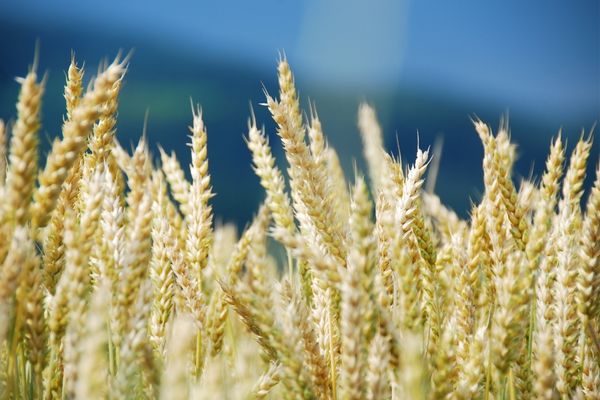
- Details
- By Chez Oxedine, Tribal Business News
The Oklahoma State University Extension has received two grants from the Native American Agriculture Fund (NAAF) in support of the university’s partnerships with tribes in Oklahoma.
Both grants target partnerships in the northeastern part of the state. One grant was awarded to support the Muscogee Nation and the other a conglomerate of nine tribes in the same region. In total, the OSU Extension received $335,000 — the first such NAAF grant awarded to the organization.
For the Muscogee Nation, NAAF money will help establish an educator for a relaunched archery program, support anti-bullying and health curricula, and train youth in meat appraisal. The tribe will also explore pecan grafting and beef and small animal production.
The tribe will also offer training in resume writing, job skills, soft skills, substance abuse awareness and social media safety, per an OSU extension statement.
“Some of the training opportunities will be intertwined with their native language, and we hope to incorporate elders into the process of cultural preservation through customs such as basket weaving,” said Nancy Johnson, OSU Extension Northeast District director in a statement.
The nine tribes included in the group grant are the Eastern Shawnee Tribe, Miami Tribe, Modoc Nation, Ottawa Tribe, Peoria Tribe, Quapaw Tribe, the Seneca-Cayuga Nation, the Shawnee Tribe, and the Wyandotte Nation, all in Ottawa County.
Their grant aims to support an educator to supplement existing research and training in water testing and childcare.
Want more Native News? Get the free daily newsletter today.
The two grants join existing funding through the Federally Recognized Tribes Extension Program grants currently supporting projects for tribes in Pawnee County and Osage County.
“We’ll collaborate with 12 different tribes in this grant cycle, and that’s pretty substantial,” Johnson said in a statement. “Our county educators connected and partnered with these tribes to lay the groundwork before we applied for this latest grant, and that has been successful.”
The OSU Extension serves as a method of outreach and education for Oklahoma farmers and ranchers, sharing data and research gathered at the University’s Stillwell campus across the state.
Extension programs such as the OSU organization most often belong to land-grant universities established by federal legislation in the mid to late 19th century. The USDA describes extension programs as a way to provide farmers and ranchers with “non-formal” education opportunities through the Cooperative Extension System under the National Institute of Food and Agriculture.
Similar efforts have been made to establish extension programs at tribal colleges and through reservations, according to prior Tribal Business News reporting, though funding for tribal-led programs pales in comparison to their state counterparts.
Help us defend tribal sovereignty.
At Native News Online, our mission is rooted in telling the stories that strengthen sovereignty and uplift Indigenous voices — not just at year’s end, but every single day.
Because of your generosity last year, we were able to keep our reporters on the ground in tribal communities, at national gatherings and in the halls of Congress — covering the issues that matter most to Indian Country: sovereignty, culture, education, health and economic opportunity.
That support sustained us through a tough year in 2025. Now, as we look to the year ahead, we need your help right now to ensure warrior journalism remains strong — reporting that defends tribal sovereignty, amplifies Native truth, and holds power accountable.
 The stakes couldn't be higher. Your support keeps Native voices heard, Native stories told and Native sovereignty defended.
The stakes couldn't be higher. Your support keeps Native voices heard, Native stories told and Native sovereignty defended.
Stand with Warrior Journalism today.
Levi Rickert (Potawatomi), Editor & Publisher
